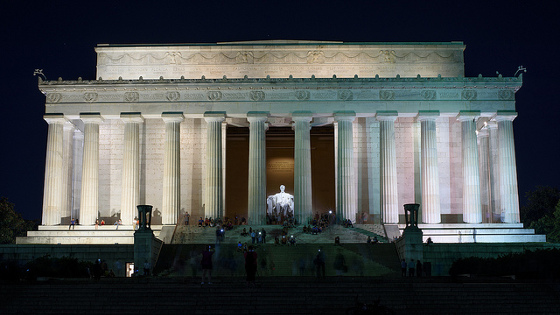Let's visit the memorial!
The Lincoln Memorial, an iconic landmark on the National Mall in Washington, DC, is a tribute to President Abraham Lincoln, who fought during the American Civil War, from 1861-1865.
The Memorial has been the site of many famous speeches and events since its dedication in 1922, most notably Dr. Martin Luther King, "I Have a Dream" speech in 1963. The architect Henry Bacon designed the Lincoln Memorial in a style similar to a Greek temple.
The structure's 36 columns represent the 36 states in the Union at the time of Lincoln's death. A marble statue of Lincoln sits in the centre of the Memorial and the words of the Gettysburg Address and the Second Inaugural Address are inscribed on the walls.
At the end of the session, you will have:
- read and answered some questions about the Lincoln Memorial using its official website.
- learnt the use of the first conditional in English.
- designed the final version of your video about predictions.
Would you like to know more about the Lincoln Memorial in Washington? Have you ever seen this memorial on television? Is there any memorial in your town or city? What is it about?
Visit the official website and try to find out the following information: The Lincoln Memorial Official Website.
Read these questions and answer them:
- What message is written behind the Lincoln statue? (To find out, visit the "Savior of the Union" section).
- Which website do we have to visit to obtain information and schedules of the metro service? (To find out, visit the "Basic Information" section).
- Which activities may require a special permit? (To find out, visit the "Fees & Passes" section).
- How many steps are there? (To find out, visit "FAQs" section).
You have to answer these questions in your learning diary.
Remember that The Lincoln Memorial must be a part of the route at your Google Sites map.
Continue with your posts on Twitter (#taskprediction and #EDIAwashington). Choose one of the topics from the History & Culture section and send a tweet with the link of the fact that surprises you the most. You can also tweet the answer to the previous questions adding the link of your post from your learning diary. The 'Rubric to assess a Tweet' can help you do a good job in this social network.
You can also watch the Multimedia presentation of the Lincoln Memorial to have an idea of its architecture and send the Lincoln Memorial a tweet telling them you have visited the memorial virtually.

